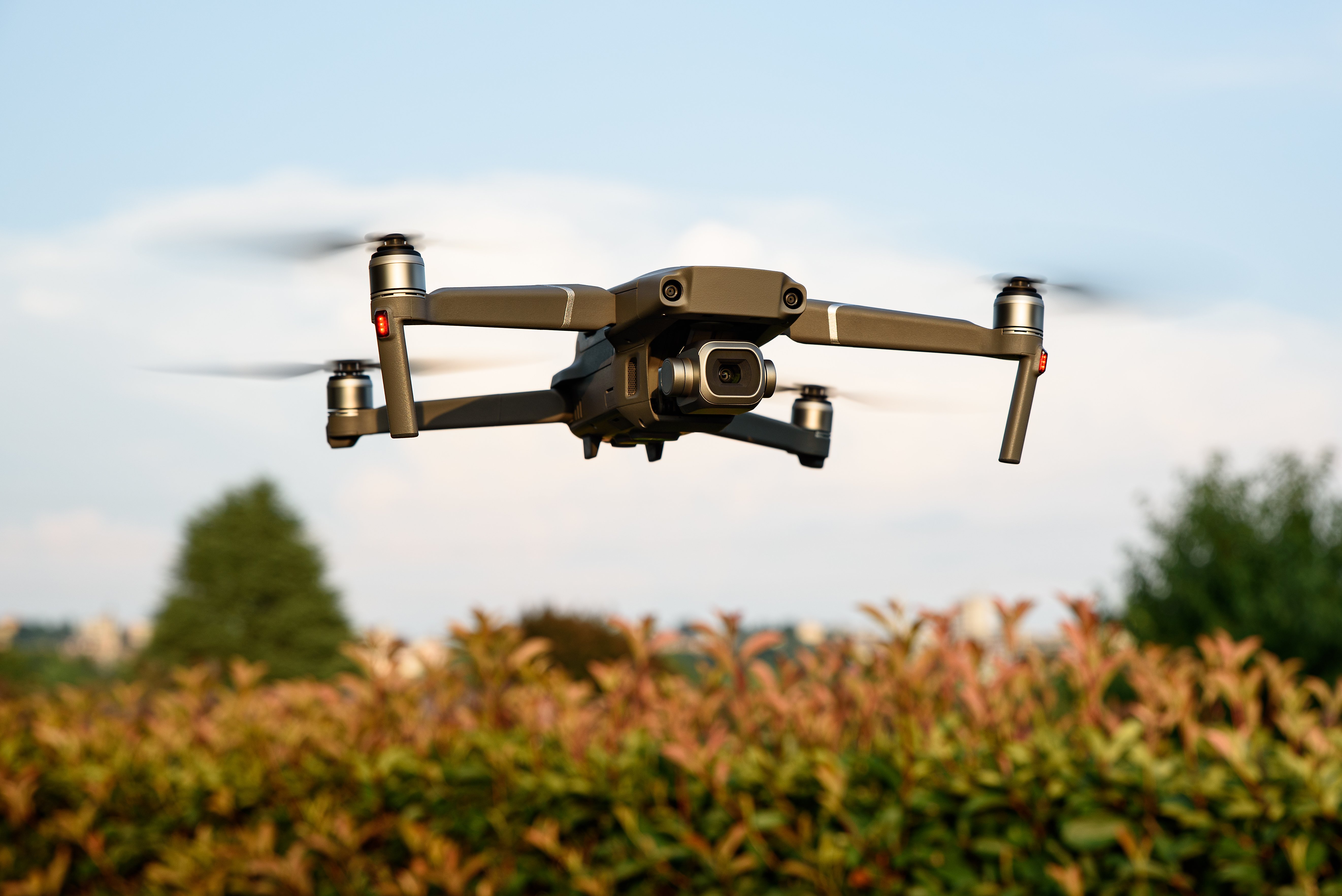Live intel from the battle field is crucial for commanders, and where a picture speaks a thousand words, a live video speaks volumes.
and ultra low latency coupled with high reliability comes a close second.
There are many scenarios where live streaming is crucial for the defense industry. For effective covert surveillance, intelligence gathering or tactical reconnaissance (ISR) applications, lives streaming has to be wireless, secure and rugged. Live streaming from moving military vehicles such as tanks is not uncommon, and rely on local cellular secure connectivity or satellite connections to live stream back to a command and control room. But cameras and the encoding devices used to live stream must be rugged and portable so be designed for extreme conditions.
Drones and unmanned aerial vehicles (UAVs) are a major user of live streaming. Typically they will live stream back to a local operator via a local RF or wireless connection but only via line of sight. Military personnel need “Beyond Visual Line of Sight” (BVLOS) and the video stream is not only used for ISR, but for operating the drone remotely so the operator can visually see where they are flying.
 Many military customers of Soliton are also involved in border control and surveillance. Border areas are not well known for their cellular coverage so solutions are often involved with military grade satellite systems often with proprietary satellite interfaces. Where there is some cellular, Soliton encoders are designed to work even when there is low coverage and congested or fluctuating networks.
Many military customers of Soliton are also involved in border control and surveillance. Border areas are not well known for their cellular coverage so solutions are often involved with military grade satellite systems often with proprietary satellite interfaces. Where there is some cellular, Soliton encoders are designed to work even when there is low coverage and congested or fluctuating networks.
Soliton Systems develop video encoders for military applications. They enable situational awareness and exploitation for Command & Control (C2) and Common Operating Picture (COP) systems with their many years of developing cutting edge solutions for operational usage in extreme conditions. Soliton provides a choice of off the shelf hardware (COTS), or they can provide software-based encoding solutions that can be installed as an OEM component into existing hardware. Soliton’s solutions are designed to maximize the security and reliability of any ISR video feed, either over cellular, satellite communication (SATCOM) links, and/or disadvantaged networks.
- Does Soliton Video encoding provide low latency for defense?
Soliton have developed the lowest latency of any video encoder over cellular/ satellite with an ultra-low latency from around 35ms and typically 65ms over 4G making it ideal for live streaming utilization in military applications.
- Are Soliton live streaming solutions fully secure?
Soliton can encrypt the live stream with an AES 256 encryption key ensuring the stream is fully encrypted and not prone to hacking. In addition, different video packets are delivered over different cellular connections where multiple cellular mobile networks are bonded together for both bandwidth and reliability.
- Are Soliton solutions reliable even where networks are weak in terms of bandwidth of contention?
Soliton’s RASCOW2 is specifically designed to operate in the most extreme conditions. This includes where bandwidth is low (from 300kps) or where there is contention on the network line such as in a crowded location.
- Can Soliton support emerging technologies such as 5G and 4K?
Soliton has future proofed its design to include 5G, 4K and other emerging technologies as well as Low Earth Orbit (LEO) satellites, such as those from SpaceX as part of Starlink. Also a new offering is to enable RASCOW2 to be offered as a software version allowing other defense companies to OEM the technology.
- What about decoding solutions at the command and control center?
Soliton encoding solution always need a decoding solution to decrypt, de-bond, and recreate the original video stream. The video stream can be recreated in a variety of different IP formats or as a traditional HD-SDI stream. The ultra low latency figures quoted (35ms) includes the element of decoding. There are a variety of decoding solutions, and Soliton provide a point-to-point transmission meaning it does not rely on a third party insecure cloud technology to operate.
- Can I remote control devices with Solitons encoding products?
Soliton supports a range of serial interfaces (example RS-422) that allow a return signal to control and operate remote machinery, robotics, vehicles, and drones. This allows machinery to be controlled in extreme conditions such as mine fields, or hostile enemy territories where human life, combatants, or soldiers could be unnecessarily put at risk.
If you require further information then please contact Soliton Systems for more information.


